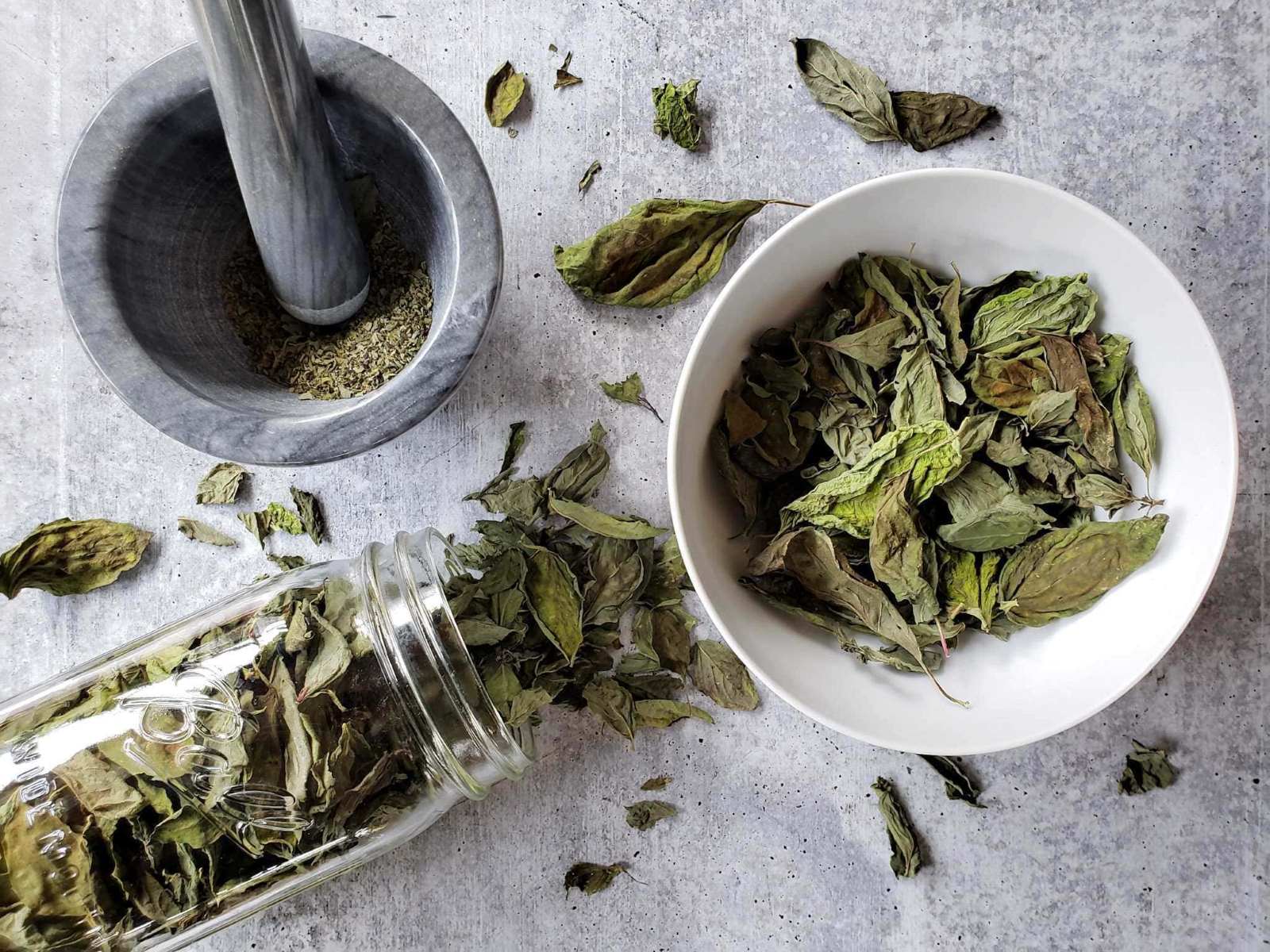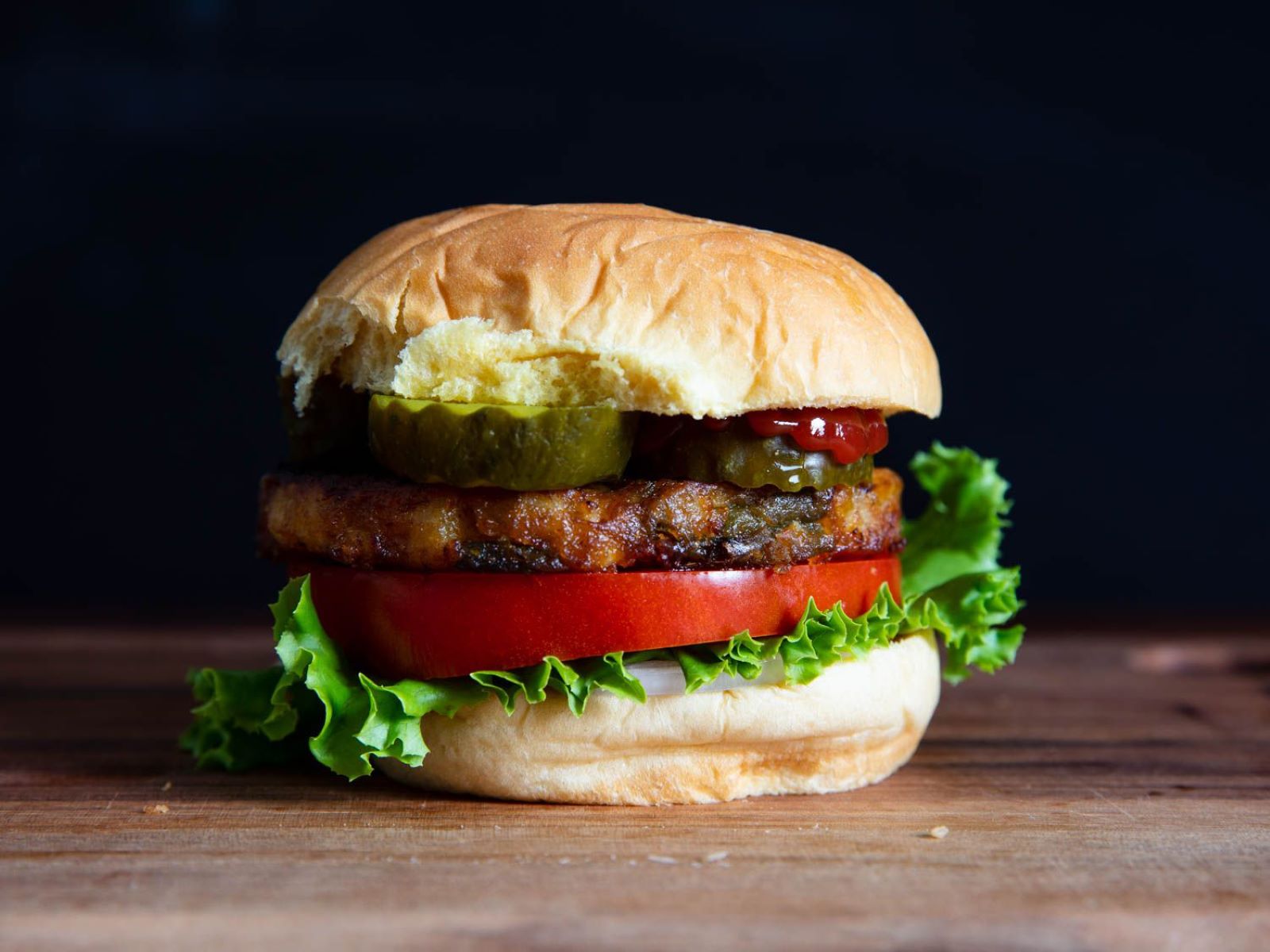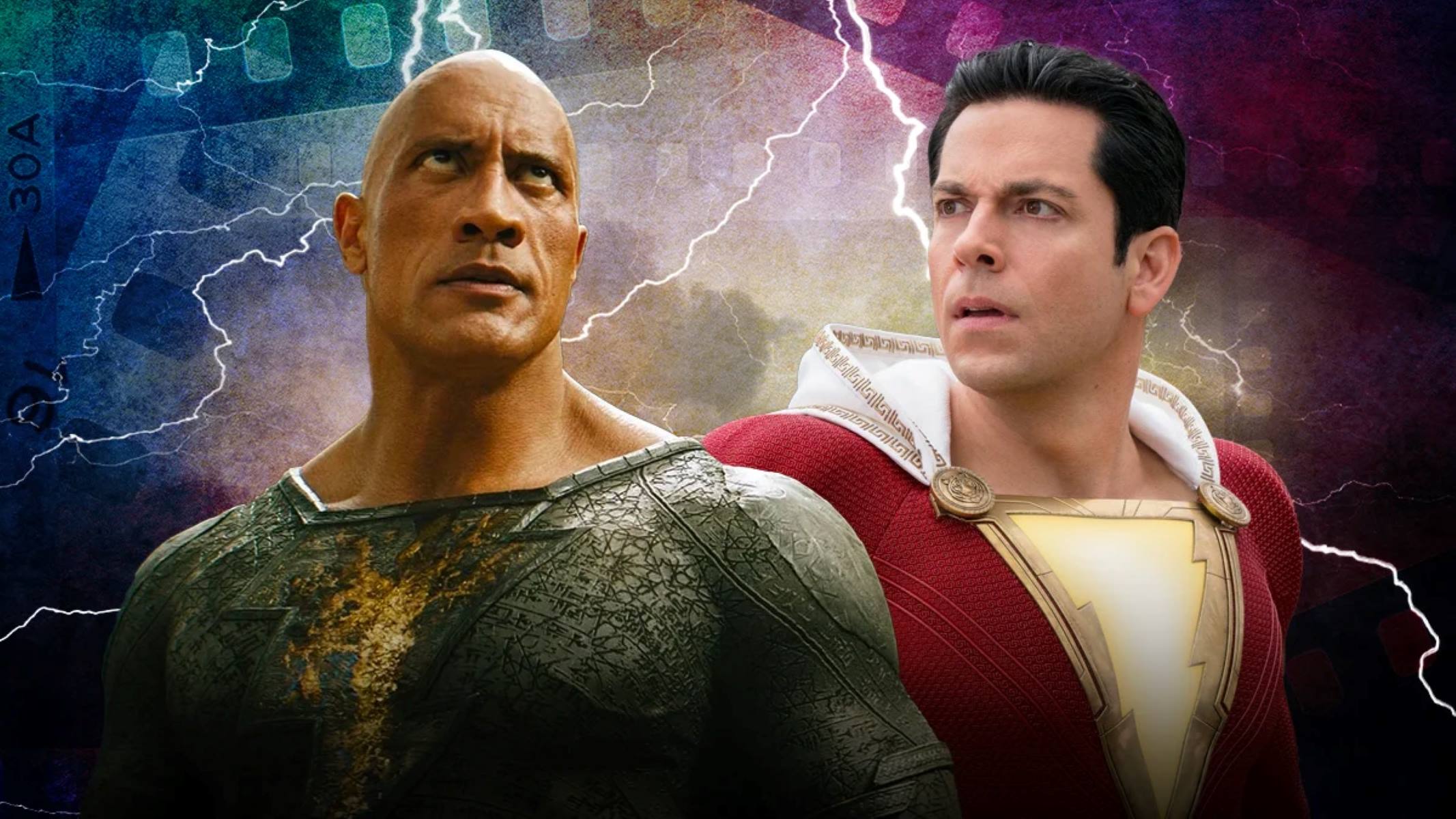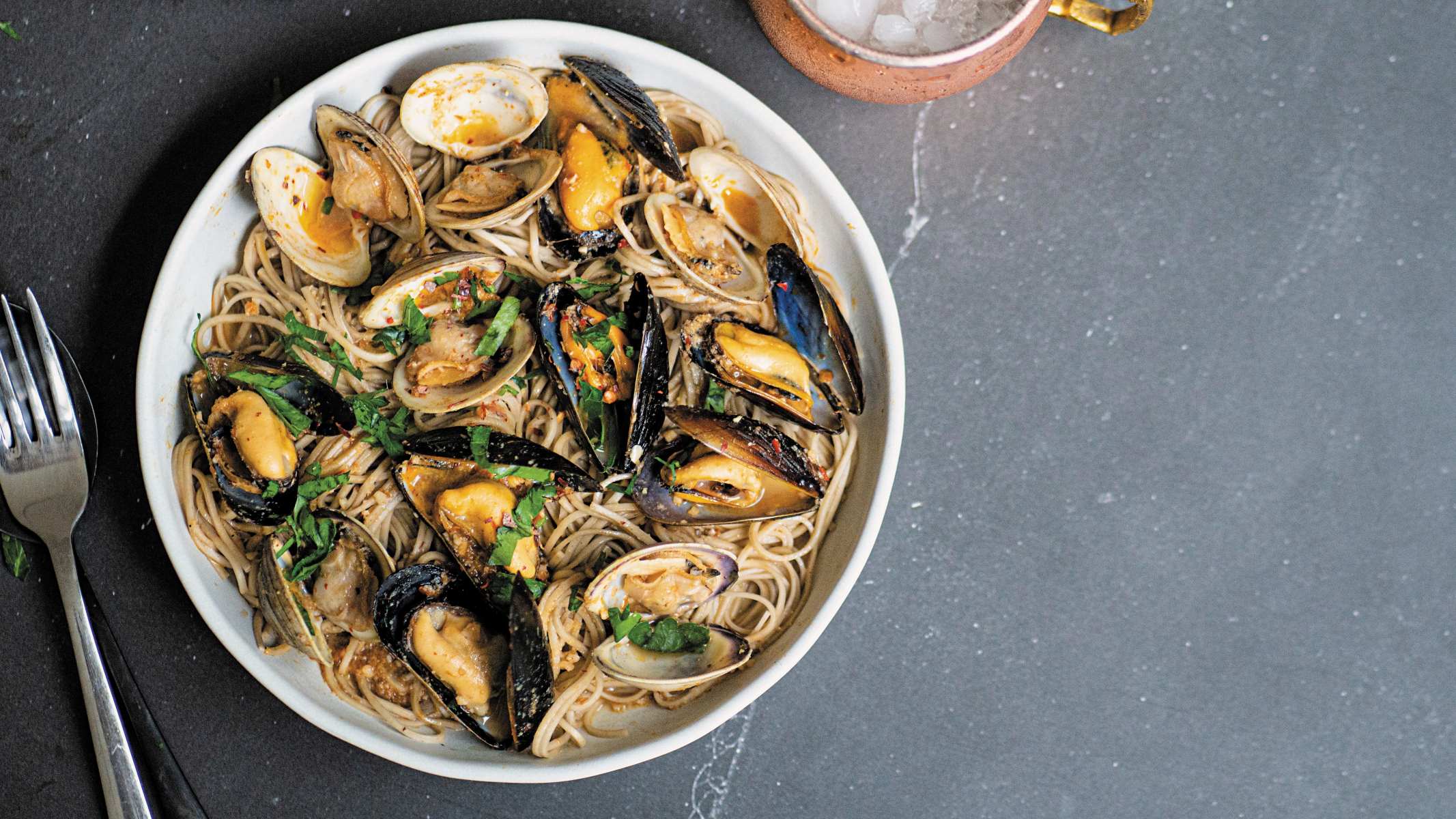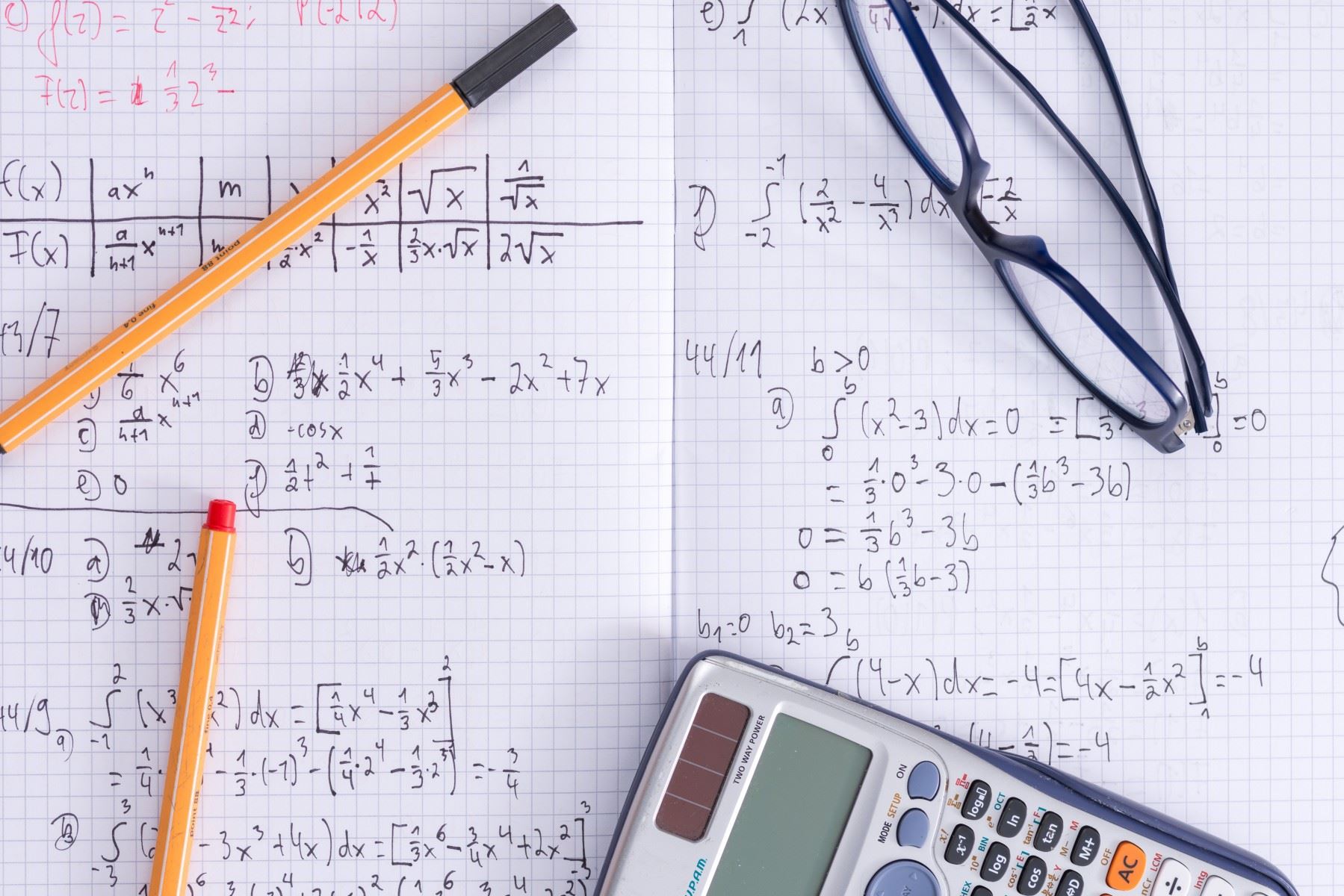Home>Food and Cooking>Shallots Vs Onions: The Ultimate Recipe Swap!


Food and Cooking
Shallots Vs Onions: The Ultimate Recipe Swap!
Published: February 5, 2024
Discover the differences between shallots and onions and how to use them in your cooking with these ultimate recipes. Elevate your food and cooking game now!
(Many of the links in this article redirect to a specific reviewed product. Your purchase of these products through affiliate links helps to generate commission for Regretless.com, at no extra cost. Learn more)
Table of Contents
Introduction
Shallots and onions are two essential ingredients that form the backbone of countless savory dishes around the world. These flavorful alliums bring depth, aroma, and complexity to a wide array of recipes, from classic French sauces to aromatic stir-fries. While both shallots and onions belong to the allium family, each offers its own distinct flavor profile and culinary versatility. Understanding the differences between these two ingredients is crucial for aspiring chefs and seasoned cooks alike, as it can elevate the taste and complexity of their creations.
In this comprehensive guide, we will delve into the nuances of shallots and onions, exploring their unique characteristics, culinary uses, and even offering tips on how to seamlessly swap one for the other in your favorite recipes. By the end of this journey, you will have a newfound appreciation for these humble yet powerful ingredients, as well as the knowledge to harness their flavors to elevate your culinary creations. So, let's embark on this flavorful exploration of shallots and onions, uncovering the secrets of their distinct personalities and the art of seamlessly swapping them in your favorite recipes!
What are Shallots and Onions?
Shallots and onions are members of the allium family, which also includes garlic, leeks, and chives. Both shallots and onions are bulbous vegetables that grow in layers, with each layer contributing to their unique flavor and texture.
Shallots are often mistaken for small onions, but they have a distinct appearance. They are characterized by their elongated shape and reddish-brown papery skin. When peeled, shallots reveal multiple cloves, similar to garlic, which can be separated and used individually. The flesh of shallots is typically off-white with a hint of purple, offering a milder and more delicate flavor compared to onions.
On the other hand, onions come in various shapes, sizes, and colors, including yellow, red, and white. They are known for their pungent aroma and sharp flavor when raw, which mellows and sweetens when cooked. The layers of an onion are tightly packed and can range from sweet and mild to intensely sharp, depending on the variety.
Both shallots and onions are prized for their ability to add depth and complexity to dishes, and they are often used as aromatic bases in cooking. While they share similarities, their distinct characteristics make them suitable for different culinary applications, allowing chefs to craft a wide range of flavors and textures in their dishes.
Understanding the unique attributes of shallots and onions is essential for mastering the art of flavor balance in cooking. By exploring their individual traits, you can harness the full potential of these versatile ingredients and elevate your culinary creations with depth and complexity.
Flavor Profile of Shallots and Onions
Shallots and onions boast distinct flavor profiles that contribute to the complexity and depth of various dishes. Shallots are celebrated for their delicate yet rich flavor, which strikes a balance between the sweetness of onions and the pungency of garlic. When raw, shallots exude a subtle aroma with a hint of sweetness, making them a versatile addition to vinaigrettes and salads. Once cooked, shallots release a gentle, savory sweetness, infusing dishes with a nuanced depth that enhances the overall flavor profile.
In contrast, onions offer a robust and pungent flavor that can range from mildly sweet to intensely sharp, depending on the variety. Raw onions are known for their assertive aroma and sharp taste, which can add a bold kick to fresh salsas and sandwiches. When cooked, onions undergo a remarkable transformation as their natural sugars caramelize, yielding a rich, sweet flavor with savory undertones. This caramelization process imbues dishes with a delightful complexity, making onions a staple in soups, stews, and sauces.
The distinct flavor profiles of shallots and onions offer chefs and home cooks a spectrum of tastes to work with, allowing them to tailor the nuances of their dishes to perfection. Whether seeking a delicate sweetness with a hint of pungency or a bold, savory depth, the interplay between shallots and onions provides an endless array of possibilities to elevate the culinary experience.
Understanding the unique flavor profiles of shallots and onions is essential for achieving well-balanced and harmonious flavors in cooking. By harnessing the individual characteristics of these alliums, you can create a symphony of tastes that captivate the palate and elevate your culinary creations to new heights.
Nutritional Comparison
When it comes to nutritional content, shallots and onions offer a range of essential vitamins, minerals, and antioxidants that contribute to a well-rounded diet. Both of these allium vegetables are low in calories and fat, making them a healthy addition to various culinary creations. Let's delve into the nutritional profiles of shallots and onions to understand the valuable nutrients they bring to the table.
Shallots
Shallots are a rich source of essential nutrients, including vitamin C, vitamin A, and potassium. These nutrients play crucial roles in supporting overall health and well-being. Vitamin C, a potent antioxidant, aids in immune function and collagen production, while vitamin A contributes to vision health and immune function. Additionally, potassium is essential for maintaining healthy blood pressure and supporting proper muscle function. Furthermore, shallots contain dietary fiber, which promotes digestive health and helps regulate blood sugar levels.
Onions
Onions also offer a wealth of essential nutrients, including vitamin C, vitamin B6, and folate. Vitamin B6 is integral for brain development and function, while folate supports cell division and DNA synthesis. Additionally, onions are rich in antioxidants, such as quercetin and sulfur compounds, which have anti-inflammatory and immune-boosting properties. The presence of dietary fiber in onions promotes digestive health and contributes to a feeling of fullness, making them a valuable addition to a balanced diet.
Summary
In summary, both shallots and onions provide a diverse array of essential nutrients that support overall health and well-being. By incorporating these flavorful alliums into your culinary repertoire, you can infuse your dishes with not only rich and complex flavors but also valuable nutrients that contribute to a balanced and nourishing diet. Whether you favor the delicate sweetness of shallots or the robust pungency of onions, both of these allium vegetables offer a nutritional boost that complements their culinary versatility.
Understanding the nutritional benefits of shallots and onions empowers individuals to make informed choices when selecting ingredients for their meals. By embracing the nutritional value of these alliums, you can elevate your culinary creations while nourishing your body with essential vitamins, minerals, and antioxidants.
Culinary Uses
Shallots and onions are indispensable ingredients in the culinary world, revered for their ability to impart depth, aroma, and complexity to a wide array of dishes. Understanding the distinct culinary uses of these allium vegetables is crucial for elevating the flavor profile of various recipes, from classic French sauces to vibrant stir-fries.
Shallots
Shallots, with their delicate and nuanced flavor, are prized for their versatility in both raw and cooked applications. When used raw, shallots add a subtle sweetness and depth to vinaigrettes, salsas, and dressings, enhancing the overall balance of flavors. Their mild pungency makes them an ideal addition to fresh salads and seafood dishes, where their gentle aroma complements the natural sweetness of other ingredients.
In cooked dishes, shallots shine as a flavorful base for sauces, soups, and sautés. Their ability to caramelize to a golden hue imparts a rich, sweet complexity to dishes, while their subtle garlic undertones elevate the overall flavor profile. Shallots are often featured in classic French cuisine, where they form the aromatic foundation of sauces such as Béarnaise and Bordelaise, adding a touch of sophistication to the culinary creations.
Onions
Onions, known for their robust and pungent flavor, are revered for their transformative properties when cooked. Whether caramelized to a golden brown for savory tarts and gratins or sautéed to release their natural sweetness in curries and stews, onions are essential for building layers of flavor in countless savory dishes. Their ability to add depth and complexity to a wide range of cuisines, from Italian pasta sauces to Indian curries, makes them a staple in kitchens around the world.
Additionally, raw onions lend a bold kick to fresh salsas, sandwiches, and salads, infusing the dishes with a vibrant and assertive flavor. Their ability to balance the sweetness of fruits and the richness of meats makes them a versatile ingredient in both savory and sweet applications, showcasing their culinary adaptability.
By harnessing the unique culinary uses of shallots and onions, chefs and home cooks alike can elevate their dishes with layers of flavor and complexity. Whether seeking to impart a delicate sweetness to a vinaigrette or build a rich, savory base for a hearty stew, these allium vegetables offer a spectrum of culinary possibilities to enhance the art of cooking.
Cooking Tips and Tricks
Mastering the art of cooking with shallots and onions requires an understanding of their unique characteristics and the techniques that best showcase their flavors. Here are some invaluable tips and tricks to harness the full potential of these allium vegetables in your culinary creations:
1. Proper Storage
Both shallots and onions should be stored in a cool, dry, and well-ventilated environment to maintain their freshness. It's essential to keep them away from moisture and direct sunlight, as exposure to these elements can lead to spoilage. Additionally, storing shallots and onions away from potatoes can help prevent them from sprouting prematurely.
2. Precise Cutting Techniques
When preparing shallots and onions, precise cutting techniques can make a significant difference in the outcome of your dishes. For a fine and uniform texture, finely mince shallots for dressings and sauces, allowing their subtle flavor to disperse evenly. When slicing onions, aim for consistent thickness to ensure even cooking and caramelization, enhancing the visual appeal and flavor of the final dish.
3. Caramelization Mastery
Caramelizing shallots and onions can elevate the depth and complexity of various dishes. To achieve a rich caramelization, cook them over low to medium heat, allowing the natural sugars to slowly develop and infuse the dish with a sweet and savory flavor. Patience is key when caramelizing shallots and onions, as rushing the process can result in uneven browning and a less pronounced flavor profile.
4. Balancing Flavors
Shallots and onions are renowned for their ability to balance and enhance the flavors of other ingredients. When using shallots in dressings and marinades, consider balancing their subtle sweetness with a touch of acidity, such as a splash of citrus juice or vinegar. In savory dishes, onions can benefit from a hint of sweetness to complement their natural pungency, achieved through the addition of a small amount of sugar or honey.
5. Infusing Aromas
When sautéing shallots and onions as the base for a dish, take the time to allow their aromas to develop fully. Sautéing them until translucent and just beginning to turn golden releases their natural flavors, creating a fragrant foundation for the rest of the ingredients. This step is crucial for building depth and complexity in dishes such as soups, sauces, and stir-fries.
6. Versatile Pairings
Experiment with pairing shallots and onions with a diverse range of ingredients to discover new flavor combinations. Shallots complement seafood, poultry, and delicate vegetables, adding a refined touch to dishes. On the other hand, the robust flavor of onions pairs well with hearty meats, legumes, and root vegetables, imparting a bold and savory essence to the overall dish.
By incorporating these cooking tips and tricks into your culinary repertoire, you can harness the full potential of shallots and onions, infusing your dishes with layers of flavor and complexity. Whether you're crafting a delicate vinaigrette or simmering a hearty stew, these invaluable techniques will empower you to create culinary masterpieces that captivate the senses and delight the palate.
Substituting Shallots for Onions
When a recipe calls for onions, substituting shallots can introduce a delightful twist to the dish, elevating its flavor profile with a touch of sophistication. Shallots, with their delicate sweetness and subtle garlic undertones, offer a nuanced alternative to the robust pungency of onions, adding depth and complexity to a wide range of culinary creations.
One of the key advantages of substituting shallots for onions lies in their ability to impart a milder yet more complex flavor. When using shallots in place of onions, their subtle sweetness can enhance the overall balance of the dish, particularly in recipes where a gentler onion flavor is desired. The delicate nature of shallots allows them to integrate seamlessly into dressings, marinades, and sauces, where their nuanced flavor can shine without overpowering other ingredients.
In addition to their flavor, shallots bring a visual elegance to dishes, especially when used raw or in lightly cooked preparations. Their elongated shape and reddish-brown skin add a touch of sophistication to salads, garnishes, and raw preparations, enhancing the visual appeal of the final dish. This visual allure, coupled with their delicate flavor, makes shallots a versatile substitute for onions in recipes that prioritize both taste and presentation.
When substituting shallots for onions, it's essential to consider the quantity required to achieve the desired flavor profile. Due to their milder flavor, a general guideline is to use approximately two shallots for every medium-sized onion in a recipe. However, this ratio can be adjusted based on personal taste preferences and the specific dish being prepared. Experimenting with different quantities of shallots allows for a customized approach, ensuring that the substitution harmonizes with the overall flavor profile of the dish.
In savory dishes such as sautés, stir-fries, and pan sauces, substituting shallots for onions can introduce a subtle yet impactful change, infusing the dish with a refined and aromatic essence. The delicate nature of shallots allows them to meld seamlessly with other ingredients, creating a harmonious blend of flavors that captivate the palate. Whether used in classic French sauces, seafood dishes, or vegetable medleys, shallots offer a sophisticated alternative to onions, allowing chefs and home cooks to elevate their culinary creations with finesse and flair.
By embracing the art of substituting shallots for onions, individuals can unlock a world of culinary possibilities, infusing their dishes with a delicate sweetness and nuanced complexity. This versatile substitution empowers cooks to tailor the flavor profile of their recipes, adding a touch of refinement and sophistication to their culinary repertoire.
Substituting Onions for Shallots
When a recipe calls for shallots, substituting onions can introduce a robust and pungent twist to the dish, offering a flavorful alternative that complements a wide range of culinary creations. Onions, with their assertive aroma and sharp taste, bring a bold depth to dishes, adding a rich and savory essence that can elevate the overall flavor profile.
One of the key advantages of substituting onions for shallots lies in their ability to impart a more pronounced and intense flavor. When using onions in place of shallots, their robust pungency can add a bold kick to the dish, particularly in recipes where a hearty onion flavor is desired. The sharp and aromatic nature of onions makes them an ideal addition to sautés, stews, and braises, where their robust flavor can infuse the dish with a hearty and savory essence.
In addition to their flavor, onions offer a visual appeal to dishes, especially when caramelized or sautéed to a golden hue. Their transformative nature during cooking, as their natural sugars caramelize, adds a rich complexity to sauces, gravies, and stir-fries, enhancing the visual and aromatic allure of the final dish. This visual and aromatic depth, coupled with their robust flavor, makes onions a versatile substitute for shallots in recipes that prioritize bold and savory taste profiles.
When substituting onions for shallots, it's essential to consider the quantity required to achieve the desired flavor profile. Due to their sharper flavor, a general guideline is to use approximately one medium-sized onion for every three shallots in a recipe. However, this ratio can be adjusted based on personal taste preferences and the specific dish being prepared. Experimenting with different quantities of onions allows for a customized approach, ensuring that the substitution harmonizes with the overall flavor profile of the dish.
In savory dishes such as braises, curries, and meat-based preparations, substituting onions for shallots can introduce a robust and aromatic change, infusing the dish with a bold and savory essence. The intense nature of onions allows them to stand out amidst other ingredients, creating a robust and flavorful blend that captivates the palate. Whether used in hearty stews, meat marinades, or caramelized for savory tarts, onions offer a bold alternative to shallots, allowing chefs and home cooks to elevate their culinary creations with depth and richness.
By embracing the art of substituting onions for shallots, individuals can unlock a world of culinary possibilities, infusing their dishes with a robust and savory essence that adds depth and richness to their culinary repertoire.
Conclusion
In the realm of culinary exploration, the distinction between shallots and onions serves as a gateway to a myriad of flavor possibilities. Shallots, with their delicate sweetness and subtle garlic undertones, offer a nuanced alternative to the robust pungency of onions, adding depth and complexity to a wide range of culinary creations. On the other hand, onions, known for their assertive aroma and sharp taste, bring a bold depth to dishes, adding a rich and savory essence that can elevate the overall flavor profile.
The art of seamlessly swapping shallots for onions and vice versa empowers chefs and home cooks to tailor the flavor profile of their recipes, adding a touch of refinement and sophistication or a robust and savory essence, depending on the chosen substitution. Understanding the distinct characteristics and culinary uses of these allium vegetables is essential for achieving well-balanced and harmonious flavors in cooking. By harnessing the individual traits of shallots and onions, one can create a symphony of tastes that captivate the palate and elevate culinary creations to new heights.
Whether seeking to impart a delicate sweetness to a vinaigrette or build a rich, savory base for a hearty stew, the interplay between shallots and onions provides an endless array of possibilities to enhance the art of cooking. The culinary journey from shallots to onions and back again is a testament to the versatility and transformative power of these humble yet powerful ingredients. It is a journey that invites creativity, experimentation, and a deep appreciation for the nuanced flavors that shallots and onions bring to the table.
As we conclude this flavorful exploration, one thing remains clear: the world of culinary artistry is enriched by the diversity and complexity that shallots and onions offer. Whether gracing a classic French sauce with their elegance or infusing a hearty stew with their boldness, these allium vegetables stand as pillars of flavor, inviting us to indulge in their aromatic allure and embrace the endless possibilities they bring to our culinary creations. So, let us continue to savor the delicate sweetness of shallots and the robust pungency of onions, allowing their distinct personalities to inspire and elevate our culinary endeavors.

